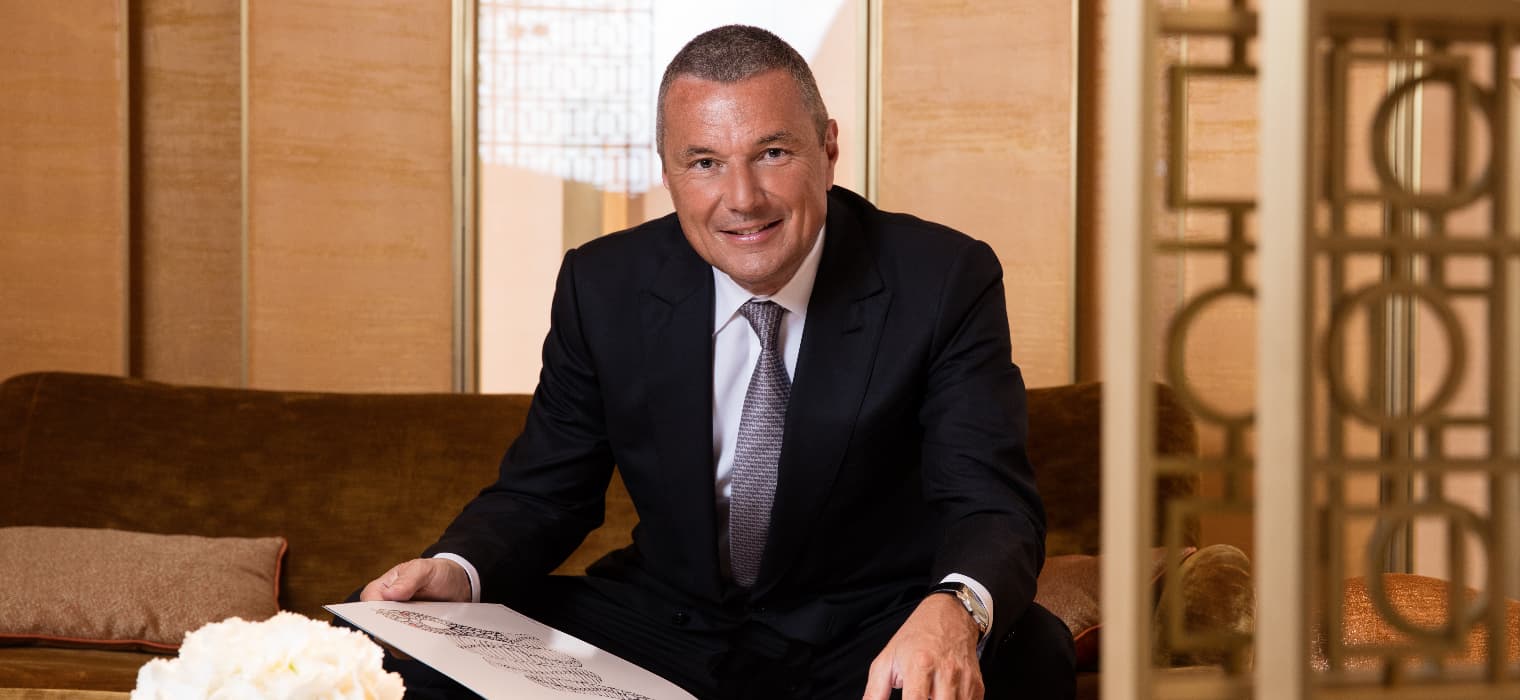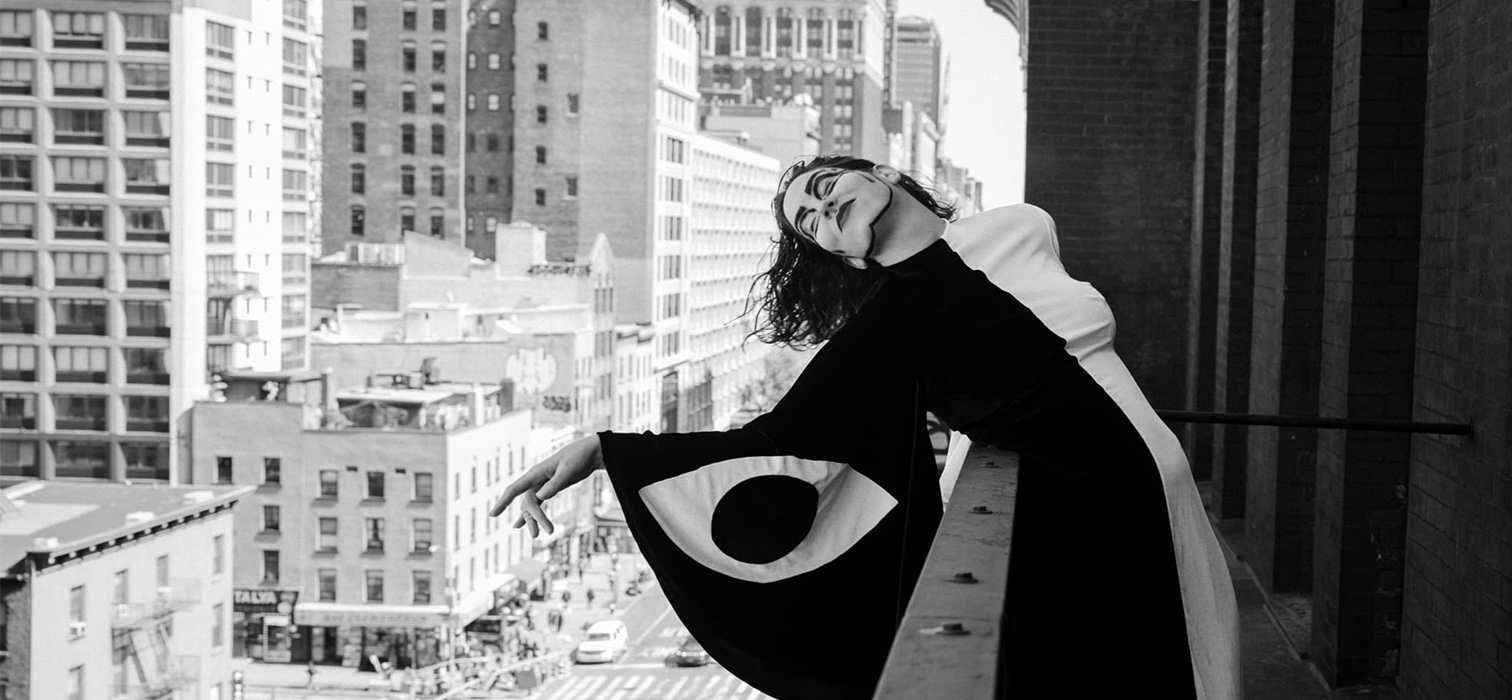

Are you ready for a journey beyond the spotlight with music photographer Ebru Yıldız?
Born in Ankara and now based in New York, Ebru Yıldız turns her lens to capture the heart of music. Her exhibition, “Behind the Spotlights: The Story of the Music World,” invites audiences in Istanbul to explore a collection of never-before-seen photographs of legendary musicians and bands. This special selection features moments that go beyond the typical concert experience, offering a glimpse into the intimate and often unseen facets of music history.
In addition to her work as a curator, Yıldız is known for her book “We’ve Come So Far: The Last Days of Death By Audio,” published in 2016. Now, art lovers can experience her unique perspective through this exhibition at the Galata Greek School, running until October 28. Prepare for an unforgettable journey that celebrates the essence of music and the artists who create it.
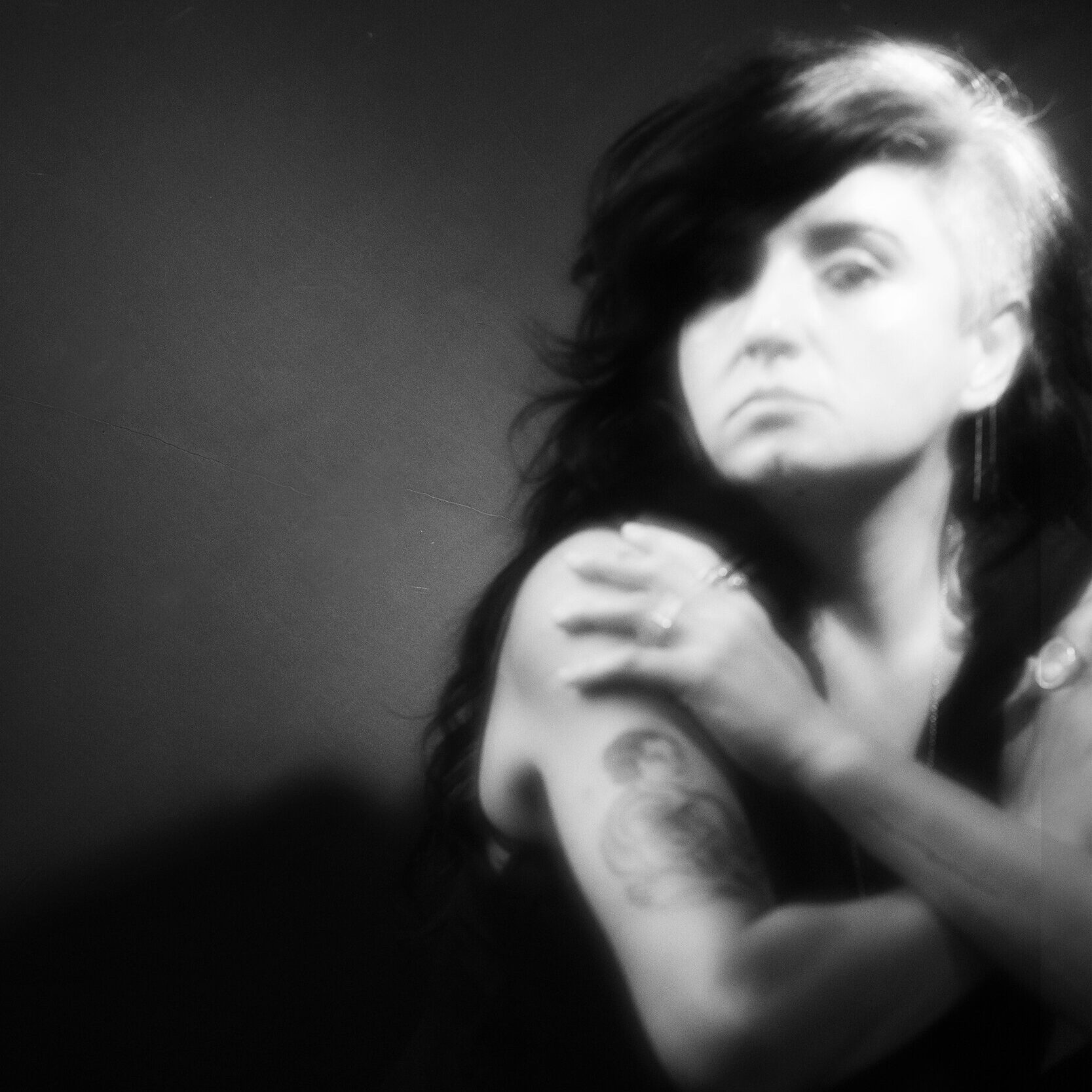
- Interview with Bvlgari CEO Jean-Christophe Babin
- Baz Yacht Design: A Turkish Success Story in the Global Yacht Scene
- Volvo Cars’ Flagship EX90 in the Hands of Hande Ergitürk
- Istanbul’s Hottest New Venues
In the “Behind the Spotlight: The Story of the Music World” exhibition, we see a selection of photographs taken by New York-based photographers capturing iconic moments with legendary musicians. Which one of these shots impressed you the most and made you say, “I wish I had photographed that”?
Honestly, I feel that way about almost all of them! Since I became genuinely interested in music photography, this exhibition showcases so many of my favorite shots that I wish I had taken. It’s impossible to choose just one.
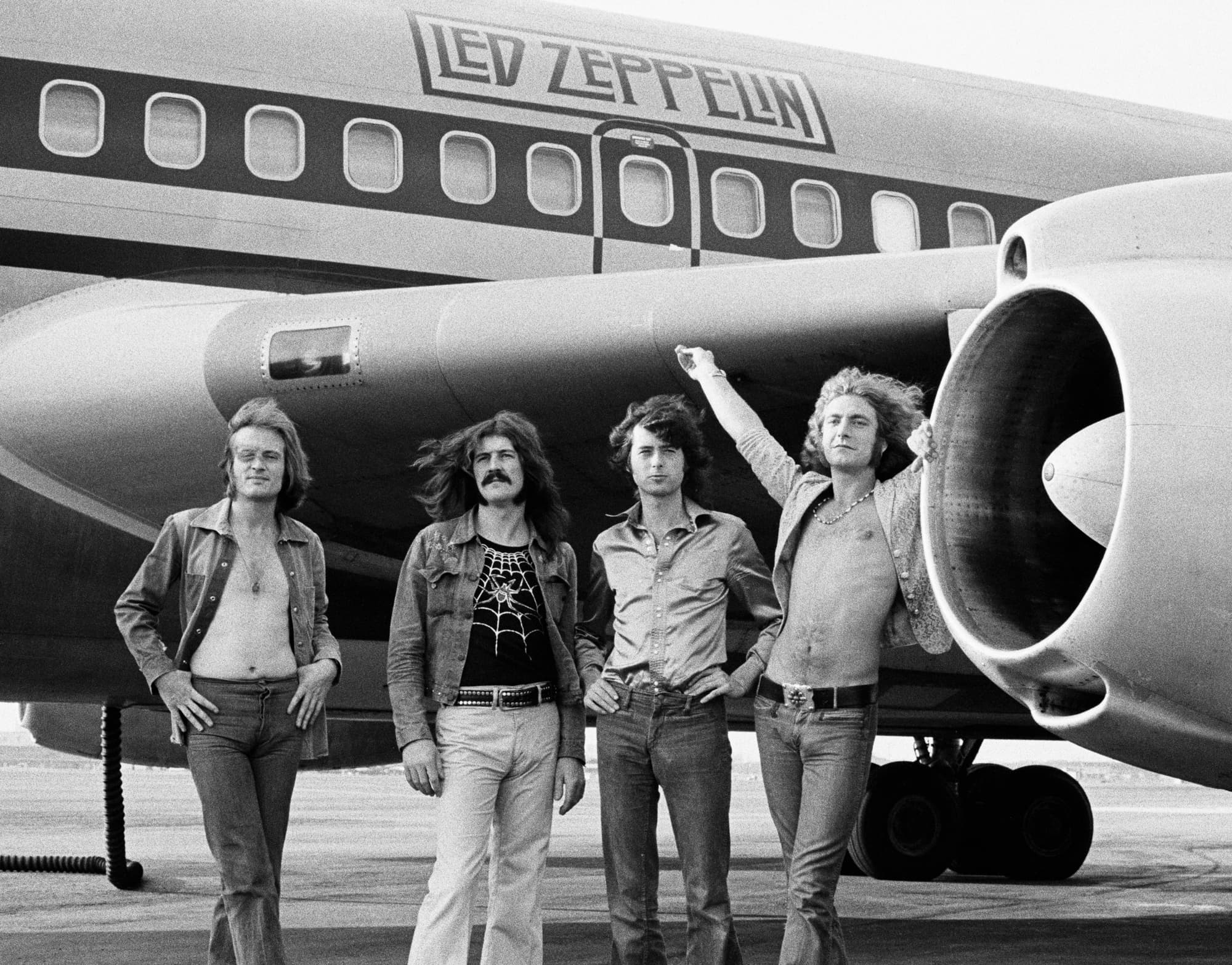
You’ve been living in New York since 1998 but have never drifted away from Turkey. When you think about the music scenes in these two different cultures, what comes to mind? Which one attracts you more?
The first thing that strikes me is the disparity in opportunities. For example, touring outside of their home country is quite challenging for Turkish musicians, and they have only recently started to do so—albeit in very limited ways. However, the fact that they are beginning to explore these opportunities is a significant step forward. As for what attracts me, both cultures hold immense appeal. Good music is universal; it transcends geography and resonates regardless of where it originates.
THE BEST MOMENTS ARE WHEN YOU IMMERSE YOURSELF IN THE MUSIC
I’ve worked as a music journalist for many years, and one thing I’ve consistently observed is that local bands and musicians tend to be more “sheltered” in front of the lens, often appearing too controlled. When you sense that someone is shutting down or becoming uncomfortable, how do you approach the situation?
I believe the experience of being photographed can be challenging for anyone. There’s a certain level of trust that needs to be established between the photographer and the subject, and this trust is often not yet earned at that moment. It’s entirely normal for the person being photographed to feel nervous. This is similar to the experience of doing interviews; you don’t know how you will be portrayed afterward.
When I start shooting, I usually anticipate that the other person’s instinct for self-preservation will kick in. Having that expectation helps me be psychologically prepared for the situation. Since I’m genuinely passionate about what I do, my excitement during the shoot tends to be contagious, which often helps to relax people and create a more comfortable atmosphere.
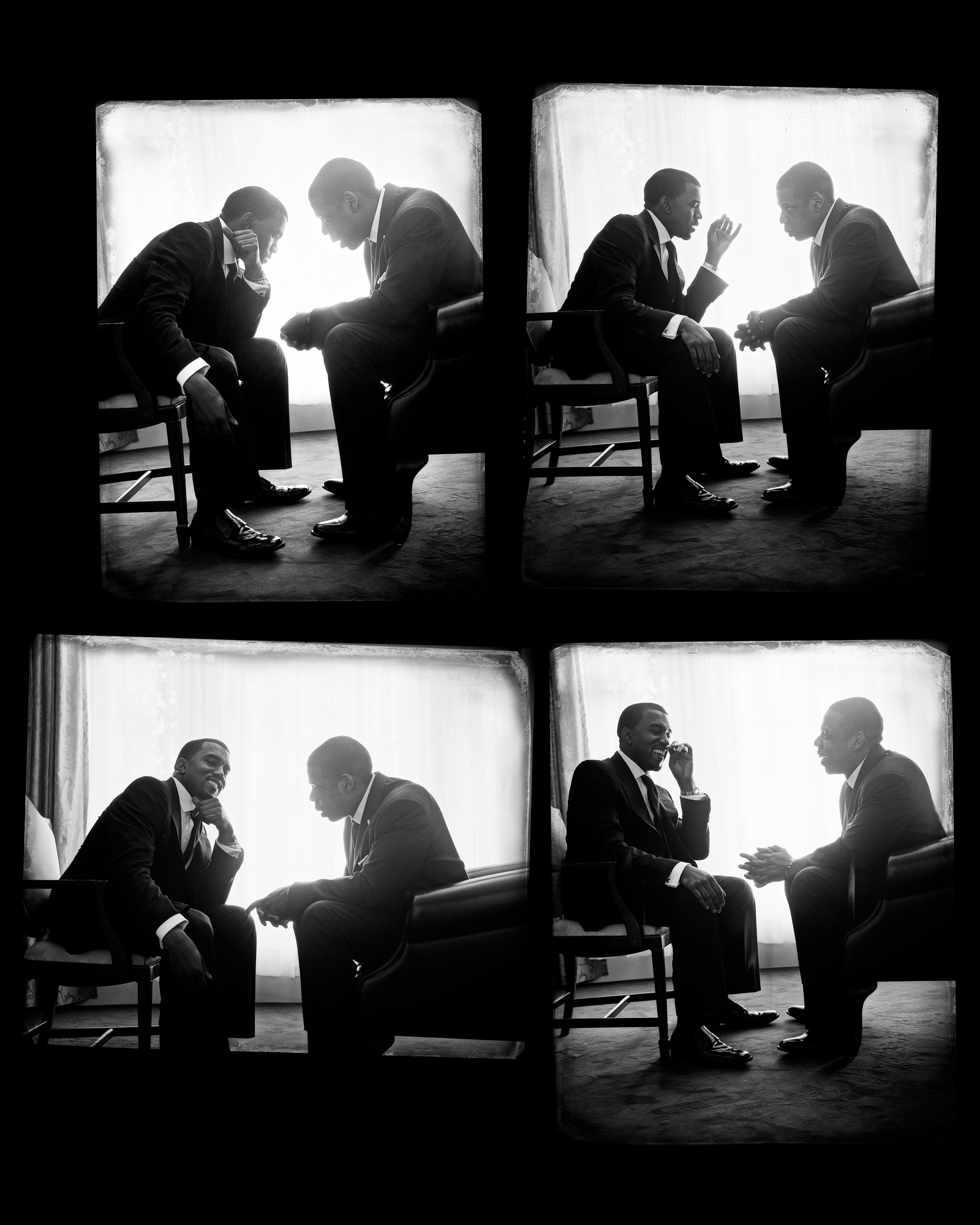
During live performances, the audience witnesses a multitude of emotions, and both the artist and the spectators sometimes share a profound connection. Capturing that moment can feel like a masterpiece in itself. Do you stay on your toes when capturing these experiences, or do you let yourself flow with the energy of the moment? How do you seize “the moment”?
When shooting live music, you must go with the flow. You have little control over the environment. I believe the best moments arise when you immerse yourself in the music, experiencing those raw emotions. It’s during those instances when you truly feel the music and connect with it—when you can anticipate the next move of the artist—that the most impactful moments occur. If you’re a music lover, you’re already aligned with the energy of the concert, just like the audience around you.
Have you ever found yourself so carried away by the music during a shoot that you forgot to take photos and suddenly realized you hadn’t captured a single frame?
Believe it or not, it has only happened once. Typically, I have a strong shooting ethic that allows me to forget everything except the photos I’ve taken and the ones I’m about to take as soon as the shoot begins. I often need someone to remind me to eat or drink water because I’m so focused. So, it’s almost impossible for me to forget to take a photo.
There was, however, a moment with P!nk captured for the 212 Festival campaign that stands out. It was a shot taken just as my jaw dropped. I couldn’t believe my eyes when I saw her dangling from one of the highest cliffs in California with just two thin ropes. I had an idea they might attempt something like that, but knowing it theoretically and witnessing it live are entirely different experiences. She executed it so effortlessly that I was momentarily taken aback. But I quickly snapped back to reality and returned to my work.
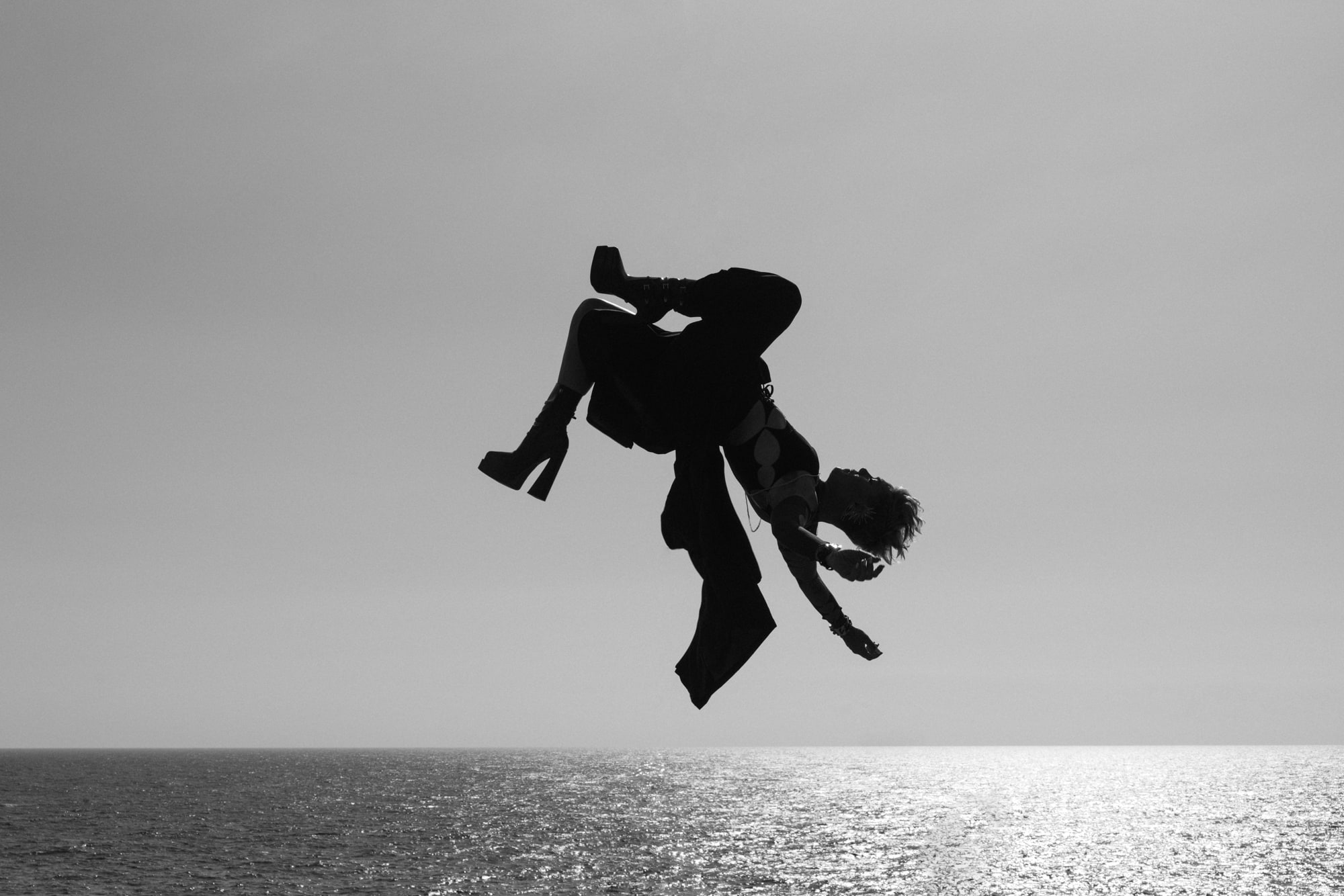
When preparing your questions, a photograph that has stayed with me visually came to mind: a poignant image of Kurt Cobain sitting on the floor, crying after a concert. If you had witnessed such a moment, would you choose to photograph it?
My immediate reaction is to recognize what a profound moment that would be—a special moment immortalized, a gift to all music lovers and a piece of history. The photographs and videos from an artist’s time are often the only visual connections we have with musicians we admire, especially those who are no longer with us. I consider these images historically significant.
However, I’m not entirely sure if I would have captured that moment. It truly depends on the situation and the character of the moment. If it occurred in a public space, or if it was a scenario where I was expected to take photos, then yes, I would definitely photograph it. But if it took place in a context where there’s an expectation of privacy, I wouldn’t feel comfortable doing so. Respecting the emotional space of the artist is equally important.
IF I CAN CONTRIBUTE TO THE HISTORY OF MUSIC, I WILL FEEL SENSE OF SUCCESS
If you had the opportunity to photograph the stage, daily life, backstage, home, room, family—essentially the entire world of a single artist or band for a year—who would you choose and why?
Several names come to mind immediately: Tom Waits, Iggy Pop, and Willie Nelson. Each of these artists has a rich, layered history and a unique presence that I find incredibly compelling.
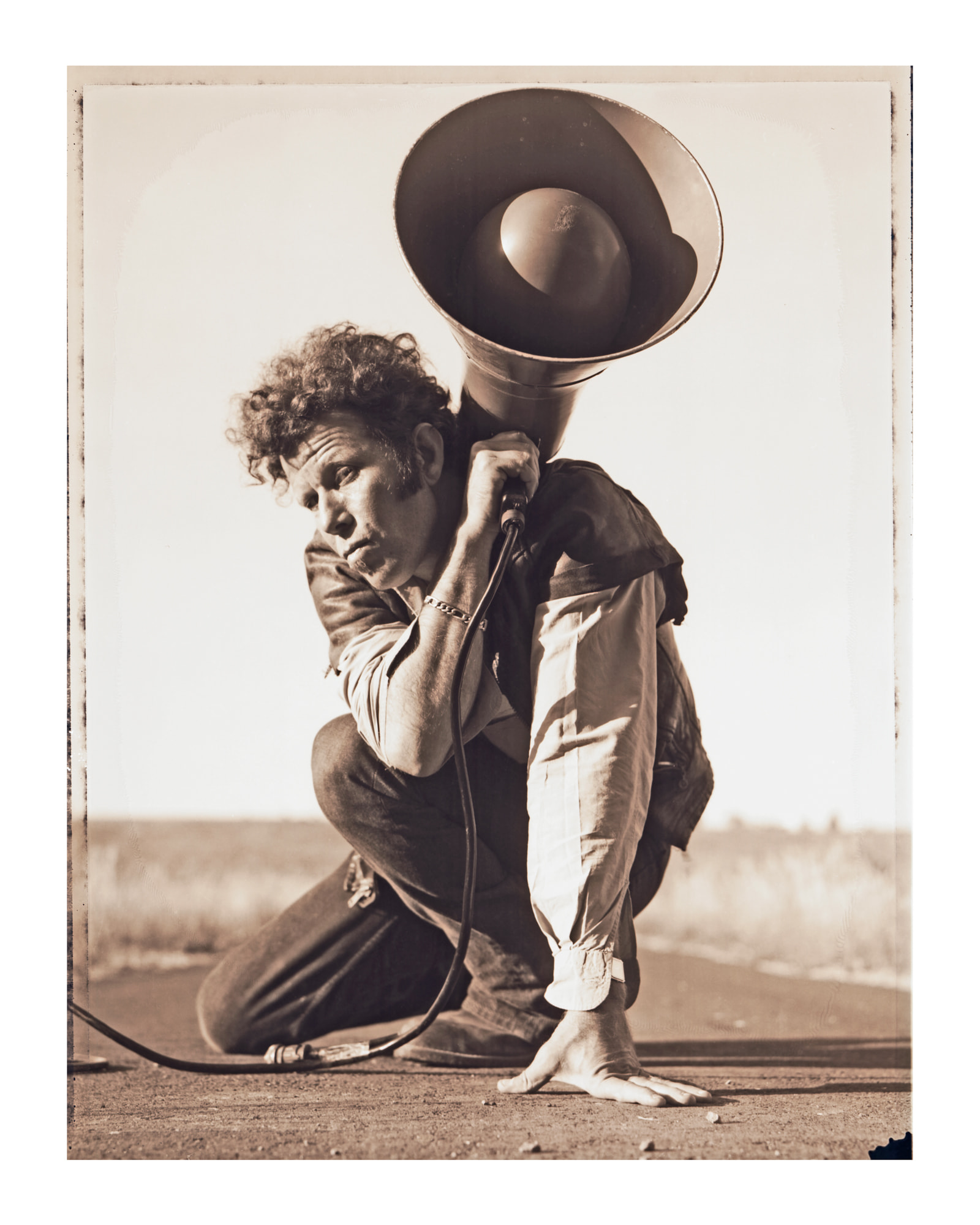
Regarding a common thread that connects your work to date, how does this thread shape your future projects?
The common bond across my work is the love, respect, and admiration I hold for the people I photograph. I put infinite importance and care into my work, which creates another layer of connection. This focus on love and respect shapes my future projects, guiding me to pursue endeavors that resonate with my passions and interests.
Your work has achieved notable success on a global scale, including in many prestigious music magazines. What does success mean to you? Which of your professional achievements are you most proud of?
Success is such a subjective concept, and I appreciate you viewing my work in that light. For me, success is relative, and I haven’t spent much time contemplating its meaning. However, I believe a photograph is successful if it evokes a feeling of presence, making the viewer feel as though they were there at that moment. If I can provide music lovers with a deeper connection to their favorite musicians through my work, then I consider that a success. Ultimately, if I can contribute to music history over the course of my life, I will feel fulfilled.
While tangible achievements may be a part of this conversation, I find that my most important projects, like my book Death By Audioand the Underground Turkish Music project, hold the most significance for me. Ultimately, it’s up to others to define my success.
Finally, if you could recommend a song for us to immerse ourselves in that world as we head to the exhibition, what song would it be?
Velvet Underground – “Sunday Morning.”



